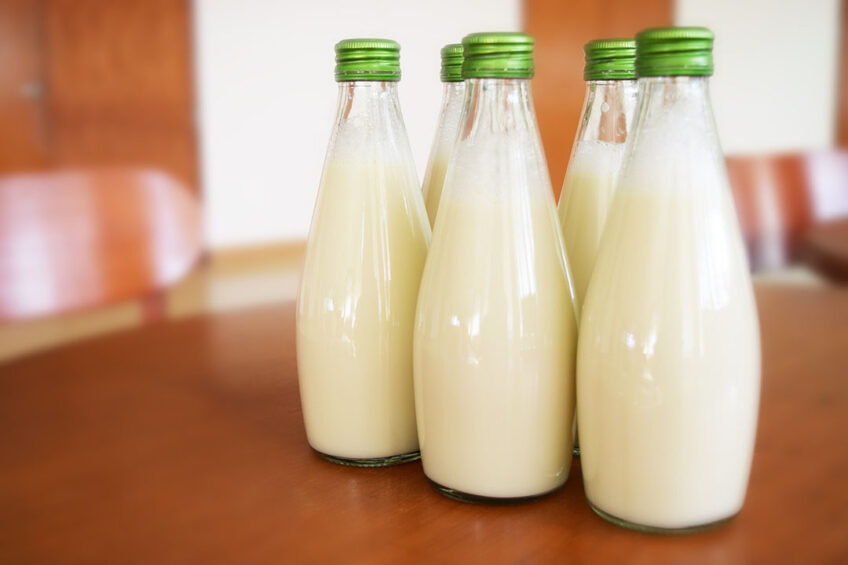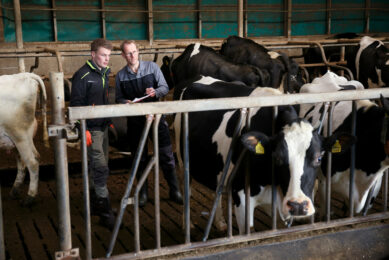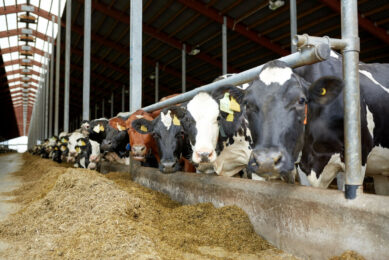Russia may be on the brink of a raw milk deficit

A sharp rise in costs accompanied by recent droughts has hampered Russian milk production and has created a threat of a shortage of raw milk, said Artem Belov, general director of the Russian union of dairy producers, Soyuzmoloko.
Raw milk production growth is slowing down and at the end of August, on a year-to-year comparison, it may be equal to zero, Belov said, speaking during a press conference on 26 August.
“A drought in several regions and a sharp rise in prices for animal feed have tremendously slowed down production growth. Last year, in the first 6 months, production increased by 6% [over the same period of 2019], while this year, we see that the increase is limited to 0.9%,” Belov added.

A further slowdown in growth rate could once again bring a shortage of raw milk to the Russian market, Belov warned. “The trend of the deficit is already seen in several regions of the central part of Russia and the Volga region, where prices for raw milk grow at a fast pace.”
 Global market prices overview
Global market prices overview
Click here for an overview of prices for raw milk, dry whey, skimmed milk powder, cheese and butter.
Some leading Russian raw milk producers have experienced a drop in production performance, specifically Altay Krai, Krasnoyarsk Krai, Krasnodar Krai, Sverdlovsk Oblast, and Leningrad Oblast, he added.
Development despite low margins
The raw milk shortage is primarily attributed to a strong development of the Russian milk processing industry. Russian dairy producers have long complained about weak profitability. As explained by Belov, over the past year, production costs in Russian raw milk production jumped by 18%, driving down the rate of return on investments.
The Russian dairy industry’s revenue, including that of both raw milk production and processing, currently stands at 1 trillion rubles (US$13.5 billion) per year, while the net revenue is limited to only 35 billion rubles (US$480 million), Belov said.
 Global market prices
Global market prices
For an overview of prices for raw milk, dry whey, skimmed milk powder, cheese and butter, click here.
More raw milk is needed
A research conducted by the Dairy Intelligence Agency showed that Russia might need an additional 4.2 million tonnes of milk. In 2020, Russian milk and dairy products per capita consumption was estimated at 170.4 kg. To some extent, the raw milk shortage is compensated by imports, plus some portion of dairy products in the country is still falsified when milk fat is partly subsidised by cheaper alternatives, such as palm oil.
The biggest shortage of around 1.4 million tonnes of raw milk is currently seen in Moscow and Moscow Oblast, the Dairy Intelligence Agency said.
Join 13,000+ subscribers
Subscribe to our newsletter to stay updated about all the need-to-know content in the dairy sector, two times a week.










